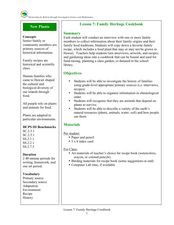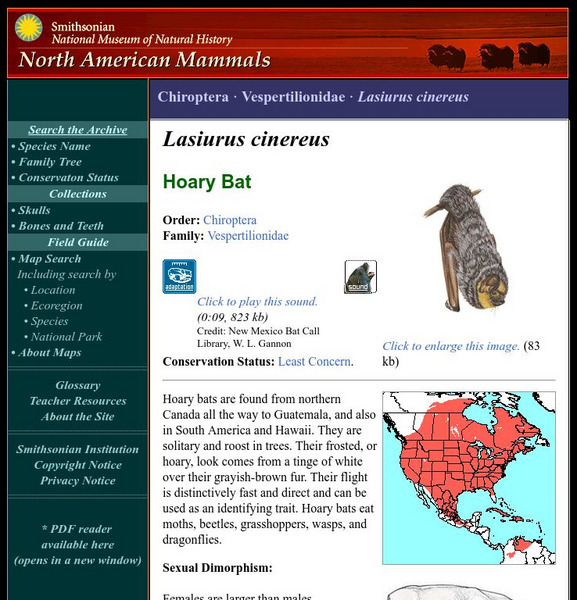Curated OER
What is a Dry Forest?
Students explore the importance of the dry forest. In this science lesson, students discuss the history of dry forests and changes that have occurred due to human interaction. Students create a map showing the historical range of the dry...
Curated OER
Family Heritage Cookbook
Learners compare favorite family recipes. In this cultural diversity lesson, students interview family members and record favorite recipes. Learners examine cultural diversity through favorite foods.
Curated OER
'O'opu Life Cycle
Students investigate the life cycle of the 'o'opu also known as Hawaiian gobies. In this amphidromous living lesson, students discuss the reproductive cycle, create props and an obstacle course to demonstrate the importance of the...
Curated OER
What Happened?
Learners read legends about volcanoes. They develop their own legend and shares them with the class. They practice their writing skills as well.
Curated OER
Kansas
In this Kansas reading comprehension worksheet, students read a 2-page selection regarding the state and they answer 10 true or false questions pertaining to the selection.
Smithsonian Institution
National Museum of Natural History: American Mammals: Blainville's Beaked Whale
Blainville's beaked whale is found worldwide in warm temperate to tropical waters. Small pods of 3-7 whales have been seen off Hawaii in waters 700 to 1,000 m deep, near much deeper water. Learn more about the Mesoplodon densirostris,...
Smithsonian Institution
National Museum of Natural History: American Mammals: Hoary Bat
Hoary bats are found from northern Canada all the way to Guatemala, and also in South America and Hawaii. They are solitary and roost in trees. Learn more about the Lasiurus cinereus, more commonly known as a Hoary Bat, in this...
Council for Economic Education
Econ Ed Link: Hawaiian Economics: From the Mountains to the Sea
Ancient Hawaii was ruled by chiefs, who were responsible for the well-being of their people and for managing the islands' resources. The chiefs divided the islands into land districts shaped like pie slices called Ahupua'a (ah-who-...
Council for Economic Education
Econ Ed Link: Hawaiian Economics: From Mountains to Sea
This economics lesson plan integrates the history of the Hawaiian people with geography, natural resources, good and services and more. "In this lesson, we will learn how Hawaiians shared their island resources long ago."
Council for Economic Education
Econ Ed Link: Hawaiian Economics: Barter for Fish & Poi
In ancient Hawaii, chiefs managed the economy by creating a land division system, the Ahupua'a, which divided the islands into pie slice shapes. Each Ahupua'a covered the three main regions of the islands: the mountains, the valleys, and...










